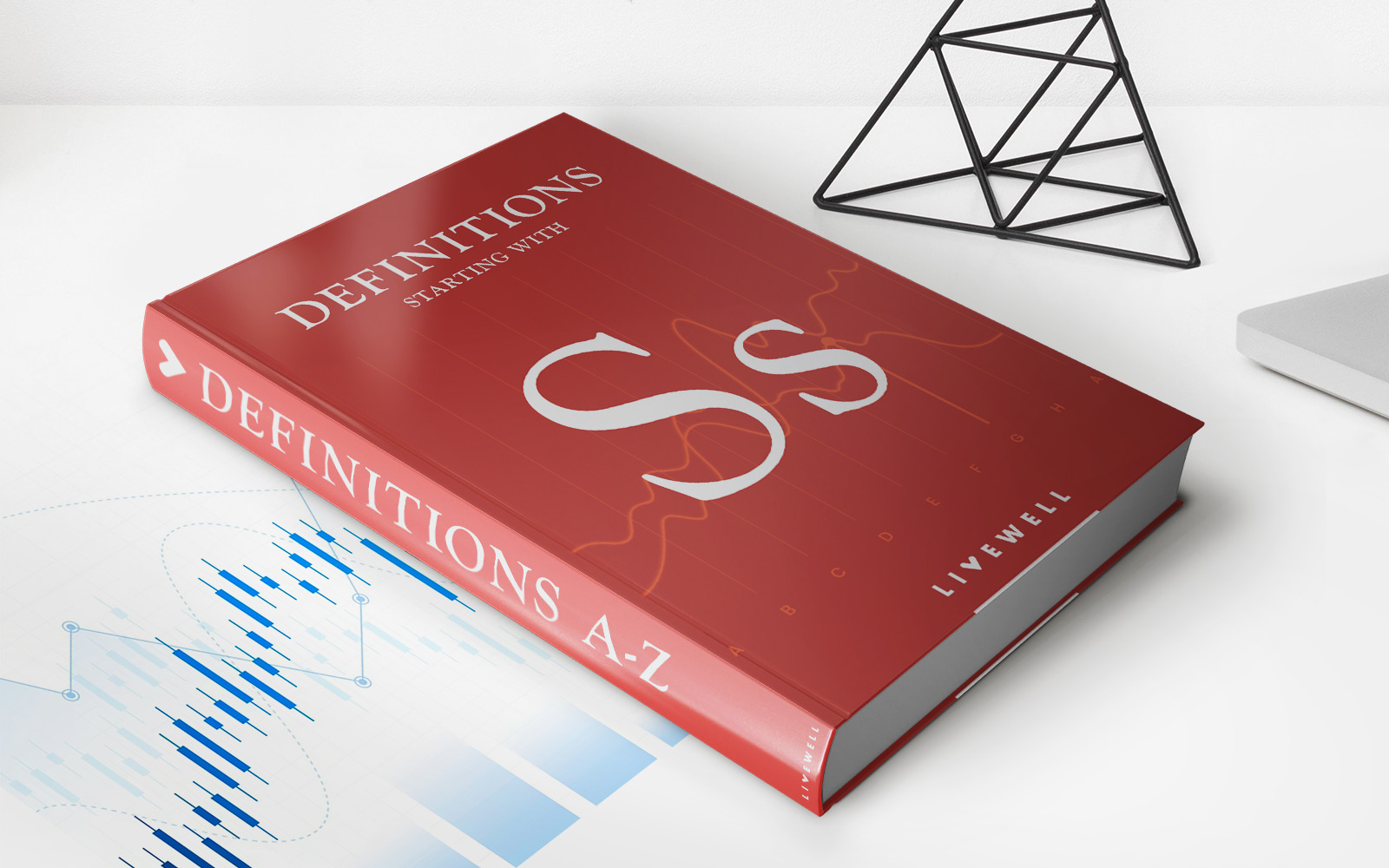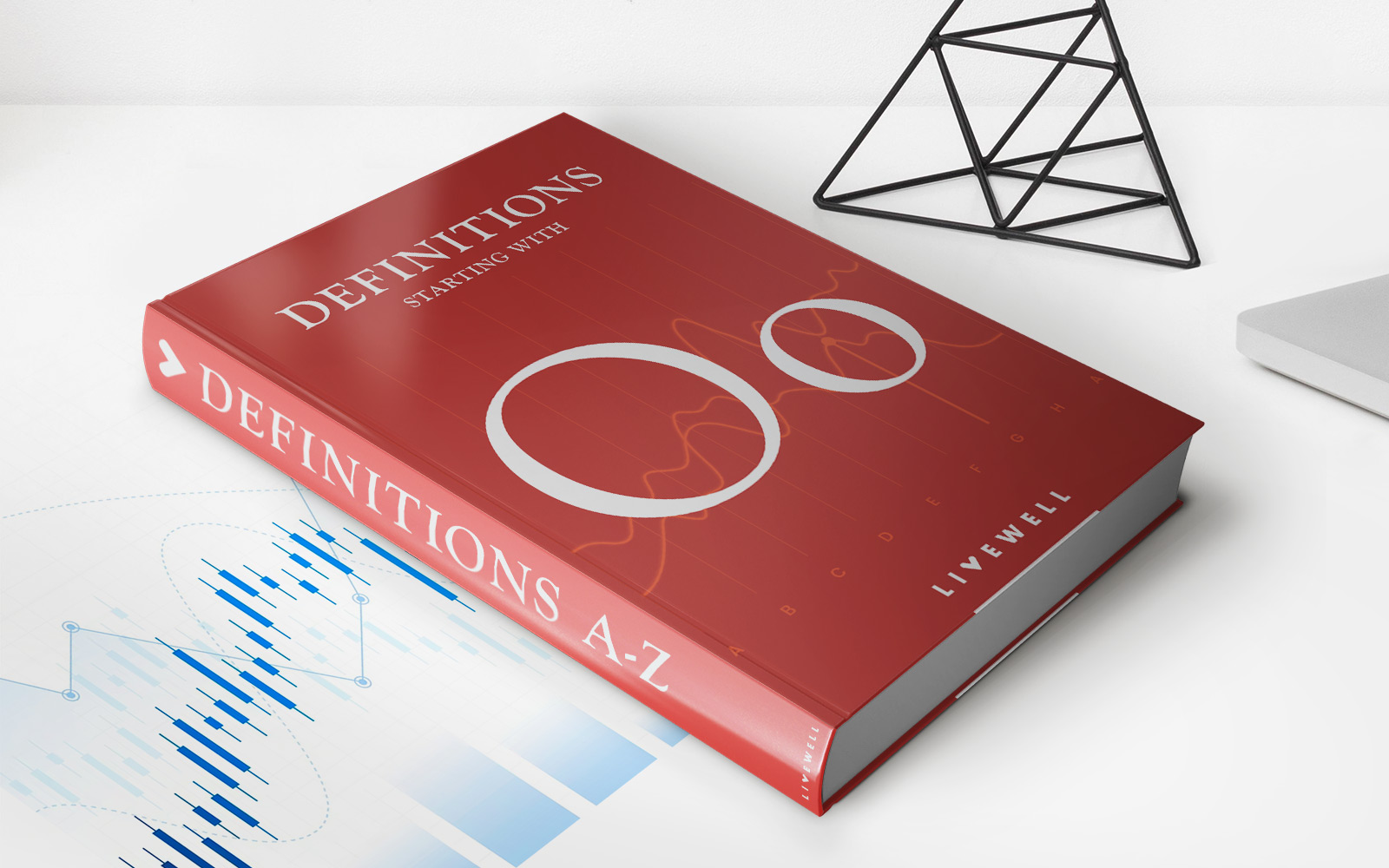

Finance
How Long Are Motorhome Loans?
Published: February 17, 2024
Looking to finance a motorhome? Learn about the length of motorhome loans and find the right financing option for your needs. Explore motorhome financing now!
(Many of the links in this article redirect to a specific reviewed product. Your purchase of these products through affiliate links helps to generate commission for LiveWell, at no extra cost. Learn more)
Table of Contents
Introduction
Owning a motorhome opens up a world of adventure, allowing individuals and families to explore the great outdoors while enjoying the comforts of home. However, financing a motorhome purchase is a significant consideration for many aspiring owners. Understanding the nuances of motorhome loans, including their typical lengths and the factors influencing their terms, is crucial for making informed financial decisions.
In this comprehensive guide, we will delve into the intricacies of motorhome loans, shedding light on the factors that impact their terms and the typical length of these loans. By the end of this article, you will be equipped with the knowledge to navigate the world of motorhome financing confidently, ensuring that you secure a loan term that aligns with your financial goals and lifestyle.
Whether you're a seasoned traveler looking to upgrade your motorhome or a first-time buyer eager to embark on new adventures, understanding the dynamics of motorhome loans is essential. Let's embark on this enlightening journey to unravel the mysteries of motorhome financing and empower you to make well-informed decisions.
Understanding Motorhome Loans
Motorhome loans, also known as RV loans, are specialized financing options designed to help individuals purchase recreational vehicles, including motorhomes, campervans, and travel trailers. These loans are tailored to the unique nature of these vehicles, which serve as both transportation and living spaces, often equipped with amenities such as kitchens, bathrooms, and sleeping quarters.
Similar to traditional auto loans, motorhome loans typically involve borrowing a specific amount of money from a lender and repaying it over time, usually with added interest. However, due to the higher cost and unique features of motorhomes, these loans often come with distinct terms and conditions.
When securing a motorhome loan, borrowers can choose from various financing options, including secured loans, where the motorhome serves as collateral, or unsecured loans, which are not backed by specific assets. Additionally, the loan terms, interest rates, and repayment schedules can vary based on factors such as the borrower’s credit history, the loan amount, and the chosen lender.
Understanding the nuances of motorhome loans involves familiarizing oneself with the specific requirements and considerations that distinguish these financing options from traditional auto loans or mortgage loans. By gaining insight into the unique features of motorhome loans, borrowers can make informed decisions when seeking financing for their recreational vehicles.
Factors Affecting Motorhome Loan Terms
Several key factors influence the terms and conditions of motorhome loans, shaping the borrowing experience for individuals seeking to finance their recreational vehicles. Understanding these factors is essential for prospective borrowers to make informed decisions and secure favorable loan terms.
- Credit History: A borrower’s credit history plays a significant role in determining the terms of a motorhome loan. Lenders assess the borrower’s credit score and credit report to gauge their creditworthiness and likelihood of repaying the loan. Individuals with higher credit scores may qualify for lower interest rates and more favorable loan terms, while those with less favorable credit histories may face higher interest rates and stricter terms.
- Loan Amount: The amount of the loan sought by the borrower can impact the loan terms. Larger loan amounts may lead to longer loan terms, as borrowers may opt for extended repayment periods to manage the financial burden effectively. Additionally, the loan amount can influence the down payment requirements and interest rates offered by lenders.
- Down Payment: The size of the down payment made by the borrower can affect the loan terms. A larger down payment may lead to more favorable loan terms, potentially resulting in lower interest rates and a reduced loan amount. Conversely, a smaller down payment may lead to higher interest rates and a longer repayment period.
- Interest Rates: The prevailing interest rates in the financial market can significantly impact the terms of motorhome loans. Borrowers should stay informed about current interest rate trends and consider locking in favorable rates when securing their loans. Additionally, factors such as the borrower’s credit score and the loan term can influence the interest rates offered by lenders.
- Loan Term: The length of the loan term chosen by the borrower is a crucial factor affecting the overall loan terms. Shorter loan terms may result in higher monthly payments but lower overall interest costs, while longer loan terms can lead to lower monthly payments but higher total interest expenses over the life of the loan.
By considering these influential factors, prospective borrowers can strategically position themselves to secure motorhome loans with terms that align with their financial circumstances and long-term goals.
Typical Length of Motorhome Loans
Motorhome loans typically offer varying loan terms, providing borrowers with flexibility to choose a repayment schedule that suits their financial preferences and capabilities. The typical length of motorhome loans can range from as short as 5 years to as long as 20 years, with some lenders offering even more extended terms for high-value motorhomes.
Shorter loan terms, such as 5 to 10 years, are commonly chosen by borrowers who prefer to pay off their loans quickly and minimize the total interest costs. While these shorter terms may result in higher monthly payments, they can lead to substantial interest savings over the life of the loan. Additionally, shorter loan terms enable borrowers to build equity in their motorhomes at a faster pace, potentially allowing for earlier trade-ins or upgrades.
On the other hand, longer loan terms, ranging from 15 to 20 years, offer borrowers the advantage of lower monthly payments, making the cost of owning a motorhome more manageable. However, extended loan terms may result in higher overall interest expenses, as the interest accrues over a more extended period. Borrowers opting for longer loan terms should carefully consider the total interest costs and ensure that the loan remains affordable throughout the repayment period.
It’s important to note that the specific loan terms available to borrowers can vary based on factors such as the loan amount, the borrower’s creditworthiness, and the lender’s policies. Some lenders may offer customized loan terms to accommodate the unique needs of borrowers, providing tailored solutions that align with their financial goals.
When exploring motorhome loan options, prospective buyers should carefully evaluate the implications of different loan terms, considering their long-term financial plans, cash flow, and overall budget. By selecting a loan term that strikes a balance between manageable monthly payments and reasonable total interest costs, borrowers can embark on their motorhome ownership journey with confidence and financial prudence.
Choosing the Right Motorhome Loan Term
When selecting a motorhome loan term, borrowers should consider various factors to ensure that their financing aligns with their financial objectives and lifestyle preferences. The decision regarding the loan term can significantly impact the overall cost of ownership and the long-term financial implications of purchasing a motorhome.
Prospective buyers should begin by evaluating their financial circumstances, including their monthly budget, cash flow, and long-term financial goals. By gaining a clear understanding of their financial capabilities, borrowers can assess the feasibility of different loan terms and determine the impact on their overall financial well-being.
Shorter loan terms, such as 5 to 10 years, are suitable for borrowers who prioritize minimizing interest costs and owning their motorhomes outright in a relatively brief period. While these terms may result in higher monthly payments, they can lead to substantial interest savings over the life of the loan. Additionally, shorter loan terms enable borrowers to build equity in their motorhomes more rapidly, potentially facilitating future upgrades or trade-ins.
Conversely, longer loan terms, ranging from 15 to 20 years, offer the advantage of lower monthly payments, making the cost of owning a motorhome more manageable. This option may be appealing to borrowers seeking to spread out their payments and maintain flexibility in their monthly budget. However, it’s essential for borrowers to carefully consider the total interest costs associated with longer loan terms and ensure that the loan remains affordable throughout the extended repayment period.
Furthermore, borrowers should assess their future plans regarding the motorhome. Those intending to upgrade to a new model within a few years may find shorter loan terms more suitable, as they can build equity faster and potentially trade in their motorhomes with minimal outstanding balances. Conversely, individuals planning to retain their motorhomes for an extended period may opt for longer loan terms to manage their monthly expenses effectively.
Ultimately, the right motorhome loan term is a balance between manageable monthly payments and reasonable total interest costs. By carefully evaluating their financial capabilities, long-term plans, and budgetary considerations, borrowers can select a loan term that supports their ownership goals while maintaining financial prudence.
Conclusion
Embarking on the journey of motorhome ownership involves careful consideration of financing options, including the selection of an appropriate loan term. Understanding the dynamics of motorhome loans and the factors influencing their terms is essential for prospective buyers to make informed decisions and secure favorable financing.
When exploring motorhome loan options, borrowers should take into account their financial circumstances, long-term ownership plans, and budgetary considerations. The choice of a loan term, whether short or long, can significantly impact the overall cost of ownership and the financial feasibility of purchasing a motorhome.
Shorter loan terms offer the advantage of minimizing total interest costs and enabling borrowers to build equity in their motorhomes more rapidly. While these terms may result in higher monthly payments, they can lead to substantial interest savings over the life of the loan. On the other hand, longer loan terms provide the benefit of lower monthly payments, making the cost of owning a motorhome more manageable. However, borrowers should carefully evaluate the total interest expenses associated with extended loan terms and ensure that the loan remains affordable throughout the repayment period.
By considering their financial goals, cash flow, and long-term plans for the motorhome, borrowers can select a loan term that aligns with their unique needs and preferences. Whether prioritizing the swift ownership of their motorhomes or seeking manageable monthly payments, borrowers can make well-informed decisions to support their aspirations of owning and enjoying the freedom of the open road.
In conclusion, the journey to motorhome ownership is enriched by a thorough understanding of motorhome loans and the deliberate selection of an appropriate loan term. By leveraging this knowledge, prospective buyers can navigate the financing process with confidence, ensuring that their motorhome ownership dreams are realized with financial prudence and foresight.














